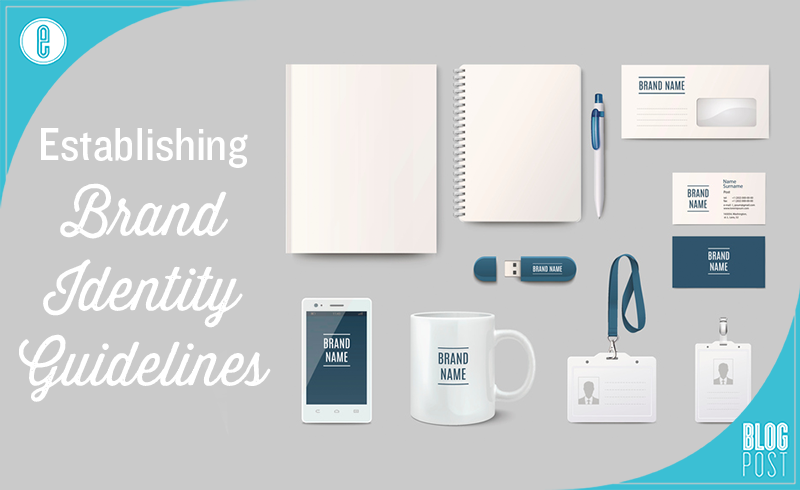
The brand of your organization is one of the most critical aspects of marketing your product or service. Brands serve as a kind of “mental bookmark” for your customers that allow them to understand who you are and what your company is about; more importantly, branding helps your customers remember your company. Some of the world’s most iconic brands – Apple, Coca Cola, McDonalds – achieved their position in part due to deliberate, meticulous control over how their company’s identity was portrayed.
How to Establish Brand Identity Guidelines
Brand identity guidelines can be thought of as a “playbook” for whoever might need to use your company’s visual assets. In an ideal sense, brandy identity guidelines allow you to instantly (and consistently) communicate how you would like your company to be portrayed and represented in any kind of advertising, marketing, or PR efforts that take place on its behalf. Brand identity guidelines can influence the look of your website, the language of your social media posts, or even the paper weight of your business cards. There’s practically no limit to the level of control and direction you can exert through brand identity guidelines.
Questions to ask yourself when establishing your brand identity guidelines include:
- What does a good use of our logo look like?
- What does a bad example look like?
- What your our “primary” company colors, and what should we use as secondary colors when the primary ones won’t look good?
- What kind of visual assets do we most often need to provide to our designers? Are they Photoshop documents, Illustrator vectors, etc.?
- Do our current assets (logo, motto, font, etc.) communicate who we feel we are as a company, or should we consider rebranding ourselves?
- What are our peers using as their brand? How about our competitors?
- What are the most common issues we see when designing something, and what information can we provide to prevent that issue from occurring in the future?
Lastly, make it a point to have meetings with everyone who will be most heavily affected by the rollout of brand guidelines. This may include your graphic design team, product team, sales, and the IT department (or whoever manages your company website). Input from these teams will help ensure that the brand guidelines work well for everyone in your organization.
Many companies elect to publish their brand guidelines in a PDF; however, some companies also maintain an online version of the guidelines as well. Uber’s guidelines are a particularly good example of this.
Components of Brand Identity Guidelines
The depth of your brand guidelines can be as basic or comprehensive as you like; that being said, most guidelines will include rules for:
- Font selection
- Font size
- Kerning
- Colors
- Layout guides
- Mottos, branding phrases, and branding keywords
- Logo use
- Logo placement
- Copyright and trademark stipulations
- Company vision/mission—allow your designers and copyrighters to pull inspiration for their work from the more ethereal aspects of your company’s brand identity
Brand guidelines can be as simple as a one-page document or an extensive, in-depth rulebook that provides guidance for every possible use of your company’s logo, name, and intellectual property. Regardless of the length, the ultimate aim of your brand guidelines should be to unify and simplify the process of creating visual materials for your business.
Need Direction for Your Brand Identity Guidelines?
It can be tricky to establish a brand, and even more complicated to produce a series of guidelines for your company. If you’re looking to revamp your company’s visual identity or create a new one from scratch, we’re here to help. Envision Creative is a team of marketers, copywriters, designers, and developers who are committed to helping companies grow and succeed. Give us a call today, or contact us online.
-FINAL(01-00)-White&Blue-01.svg)




